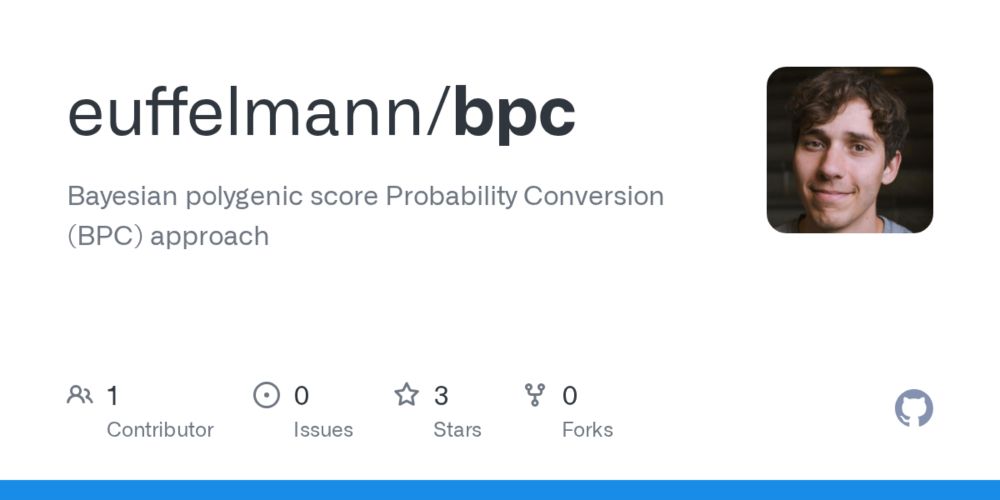Emil Uffelmann
@euffelmann.bsky.social
84 followers
180 following
37 posts
PhD student in statistical genetics at Vrije Universiteit Amsterdam
Posts
Media
Videos
Starter Packs
Reposted by Emil Uffelmann
Reposted by Emil Uffelmann
Reposted by Emil Uffelmann
Jonathan Sebat
@sebatlab.bsky.social
· Jul 16
Emil Uffelmann
@euffelmann.bsky.social
· Aug 23












